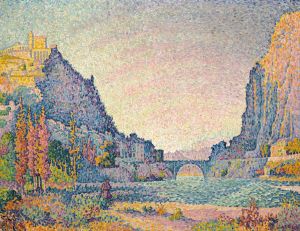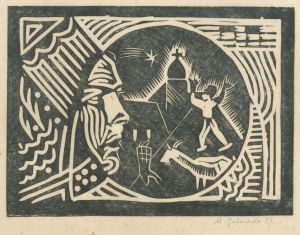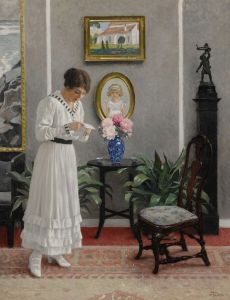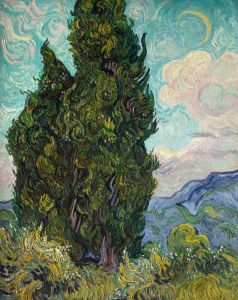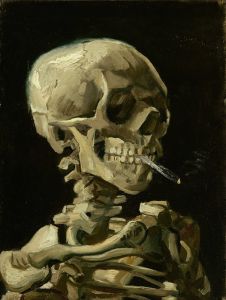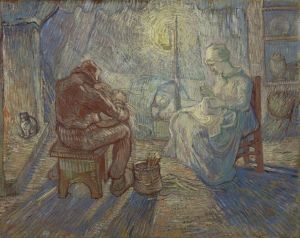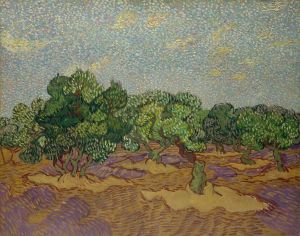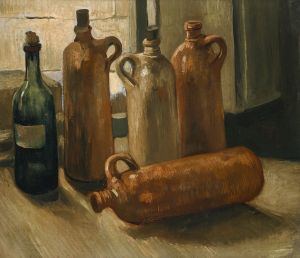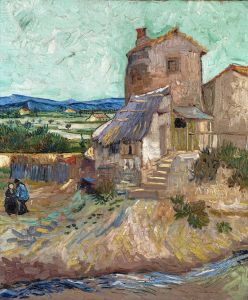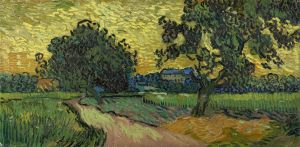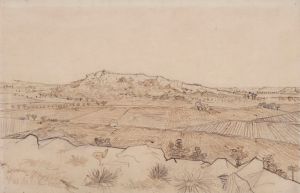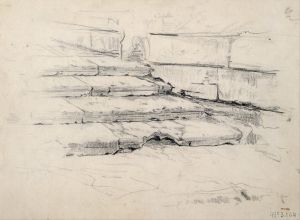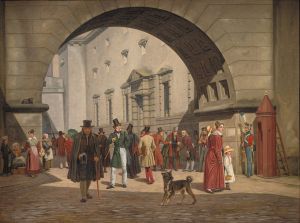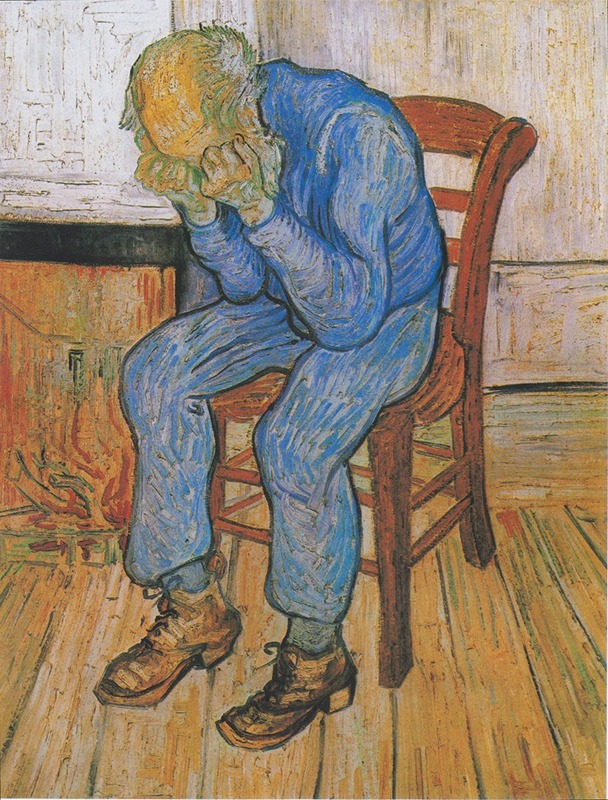
At Eternity’s Gate
A hand-painted replica of Vincent van Gogh’s masterpiece At Eternity’s Gate, meticulously crafted by professional artists to capture the true essence of the original. Each piece is created with museum-quality canvas and rare mineral pigments, carefully painted by experienced artists with delicate brushstrokes and rich, layered colors to perfectly recreate the texture of the original artwork. Unlike machine-printed reproductions, this hand-painted version brings the painting to life, infused with the artist’s emotions and skill in every stroke. Whether for personal collection or home decoration, it instantly elevates the artistic atmosphere of any space.
"At Eternity's Gate" is a painting by the renowned Dutch artist Vincent van Gogh, created in 1890. This work is one of van Gogh's poignant explorations of human emotion and existential reflection. The painting depicts an elderly man seated on a wooden chair, his head buried in his hands, conveying a deep sense of despair or contemplation. The figure's posture and the simplicity of the setting emphasize the emotional intensity of the scene.
Vincent van Gogh painted "At Eternity's Gate" during his stay at the Saint-Paul-de-Mausole asylum in Saint-Rémy-de-Provence, France. This period was marked by both prolific creativity and profound personal struggles for the artist. Despite his mental health challenges, van Gogh produced some of his most significant works during this time, characterized by bold colors and expressive brushwork.
The painting is executed in oil on canvas, a medium van Gogh frequently used. The color palette of "At Eternity's Gate" is relatively subdued compared to some of his other works, featuring earthy tones and muted hues. This choice of color enhances the somber mood of the painting, aligning with the theme of existential reflection.
The subject of the painting, an elderly man, is believed to be inspired by a lithograph van Gogh created earlier in 1882, titled "Worn Out." This lithograph also depicted an old man in a similar pose, suggesting that van Gogh revisited this theme to explore the universal human experience of suffering and contemplation. The repetition of this motif highlights van Gogh's interest in the emotional and psychological states of individuals, particularly those marginalized or in distress.
"At Eternity's Gate" is often interpreted as a reflection of van Gogh's own struggles with mental illness and his contemplation of life and mortality. The painting's title, which suggests a threshold between life and death, further underscores this interpretation. However, van Gogh's works are open to various interpretations, and the emotional depth of this painting allows viewers to connect with it on a personal level.
Today, "At Eternity's Gate" is housed in the Kröller-Müller Museum in Otterlo, Netherlands. The museum holds one of the largest collections of van Gogh's works, providing insight into the artist's development and the themes he explored throughout his career. This painting, like many of van Gogh's works, continues to resonate with audiences worldwide, offering a glimpse into the artist's profound empathy and understanding of the human condition.
Vincent van Gogh's legacy as a master of post-impressionism is evident in "At Eternity's Gate," where his ability to convey deep emotion through color, composition, and form is on full display. The painting remains a testament to his enduring impact on the art world and his ability to capture the complexities of human emotion.





